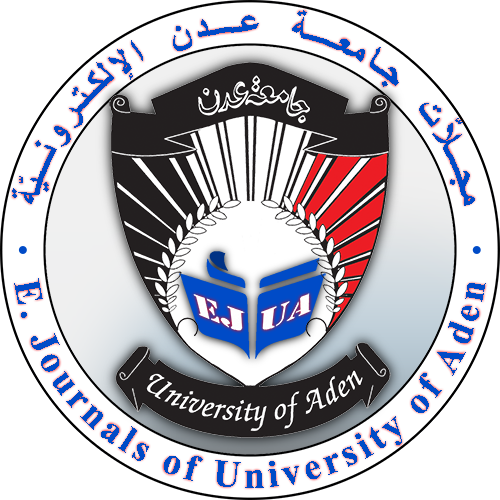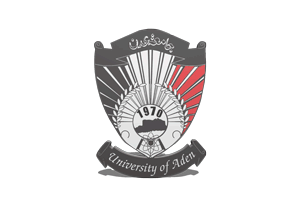THE EFFECT OF CORRECTIVE FEEDBACK ON NOTICING WRITING PROBLEMS OF THE SECOND YEAR GRAPHIC DESIGN STUDENTS AT ADEN COMMUNITY COLLEGE: A QUASI-EXPERIMENTAL STUDY
DOI:
https://doi.org/10.47372/ejua-hs.2025.2.436Keywords:
Feedback, Corrective feedback, Noticing, Writing skillAbstract
This study investigated the effect of corrective feedback providing explanations and corrections through teachers and peers on writing related problems and gaps. The sample was the second year students of Graphic Design Technology major at Aden Community College (ACC). The study adopted a quasi-experimental design employing a single experimental group that undertook a pre-test and a post-test to determine whether a significant difference existed between their scores. The mean scores of both tests were compared using a paired sample t-test and other statistical measures within the Statistical Package for Social Science (SPSS). The findings indicated a significant difference between the pre-test and the post-test means, the post-test mean (6.5625) was higher than the pre-test mean (4.4688). This result suggests that the feedback procedures proposed by Barnwai (2010) played a crucial role to scaffold Graphic students noticing their writing problems and gaps to improve their writing skills. Based on these findings, the researchers recommended integrating corrective feedback into the current English writing course (Technical Writing) to enhance and develop writing skill.
Downloads
Downloads
Published
How to Cite
Issue
Section
License

This work is licensed under a Creative Commons Attribution-NonCommercial 4.0 International License.








